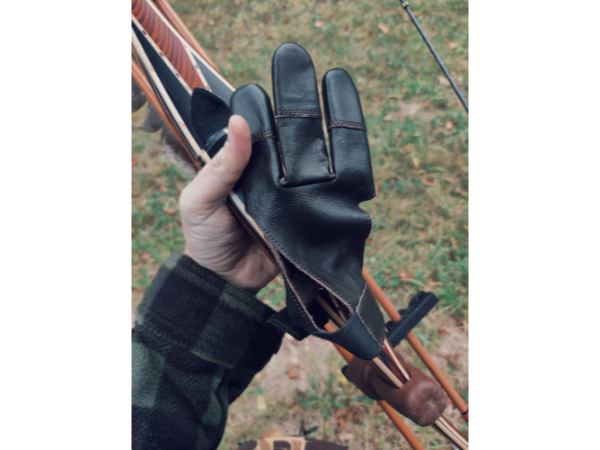I remember back when I first started reading TBM, always flipping to the bow review column that was written by Blacky Schwarz. Even though I’ve never considered myself a “technical” person, I couldn’t help but be intrigued by the performance data plainly set in black and white. We can all agree that there are certain intangibles about each bow that aren’t reflected by any chart or graph. But those charts and graphs sure can be informative and very helpful when considering a new bow.
I always looked forward to Blacky’s reviews and was disappointed when they disappeared from the pages of TBM. A part of me always thought that conducting bow evaluations might be a lot of fun. I’ll admit that there’s been a transient fantasy of picking up where Blacky left off, floating around in the back of my addled brain ever since.
Well, almost two years ago, after spending a collective thirteen years working in the outdoor industry, I found myself unemployed and idle. The idea of doing bow reviews resurfaced, and since I was already doing regular gear reviews, it was a natural progression. I’ve decided to call this column “Bow’d Up”, and for at least the time being, it will live on the TBM website as an online-only column sponsored by 3Rivers Archery Supply. The first six bows are already lined up and on standby. Both off-the-shelf production bows, as well as high-end custom-made bows will be evaluated. Longbow or recurve; I won’t discriminate.
I don’t consider myself to be much more than a knuckle-dragging Hillbilly, and I will never pretend to be anything else. But you can expect to see the no-frills, black and white facts presented along with the standard speed, noise, and draw force curve measured in an easy-to-understand format. I myself possess a very short draw length (25”), so the speed of each bow will be measured by both finger release (at my draw length), as well as the accepted standard of 28” performed via shooting machine and mechanical release. All bow speeds and noise levels will be measured while using a hunting weight arrow, with 10 grains per pound of draw weight set as the standard. Any other variables will be documented and presented along with the rest of the data. And of course, you can expect the draw force curve to be charted for an easier understanding of what the draw cycle of each bow might feel like, without physically putting your hands on them.
I mentioned the intangibles that each bow possess. Besides the raw data, I’ll do my best to also address the individual personality of each bow; making note of any impressions felt, or imagined. At the same time, I’ll do my very best to be unbiassed, which is probably easier said than done in some cases. Take it all with a grain of salt. But at the very least, we’ll always have the performance data to fall back on for unbiassed consideration.
I’m quickly becoming aware of how much work actually goes into a thorough bow review, but I still expect this project to be a lot of fun. Hopefully you’ll find this column informative as well as helpful, and maybe even entertaining. Grab a seat, it’s time to get Bow’d Up!







How about using the old AMO standards so you could compare to bows made in the sixties and seventies. Apples to apples?
Hey Lucas! The old AMO standards will be adhered to as much as possible, with the goal of providing as much data to paint a clear picture of each bow’s performance. Like anything else, I’m sure that my process will evolve as time goes on, and I’ll most certainly be pulling from feedback like yours. So, much appreciated! ~ Luke J
Thanks for doing this Luke!
You’re welcome, Ben! I appreciate the support!
Luke J